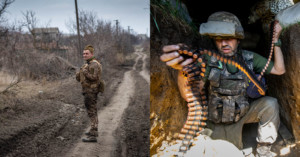
One Photographer’s War In Ukraine
Andriy Dubchak is one of the only photojournalists to have covered the conflict in eastern Ukraine from its beginning. In this article, he shares deeply personal memories from the front lines.

Andriy Dubchak is one of the only photojournalists to have covered the conflict in eastern Ukraine from its beginning. In this article, he shares deeply personal memories from the front lines.
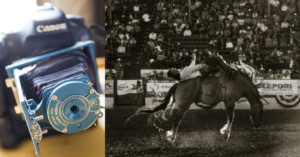
This year the Reno Rodeo is celebrating its 100th anniversary, and photojournalist Ty O'Neil decided to photograph it in a way that would pay proper homage to that history: by capturing the 100-year-old rodeo with a 100-year-old lens.
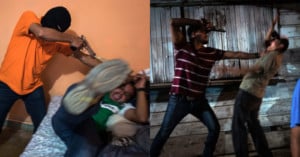
A photojournalist has apologized after being accused of faking an award-winning series of photos that purportedly show hitmen in Honduras carrying out violent acts.
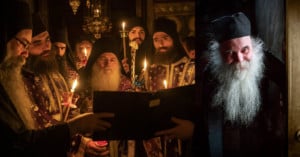
Being a monk who has photographed monastic communities from many years now, many people have asked me if I have something to share from my experience. Well, there isn't much.

Unlike most types of photography, photojournalism abides a more stringent set of ethical guidelines because truth is paramount to accurate reporting. Many newspapers enforce their own ethical journalism guidelines, which tend to focus on retouching and the use of photo illustration techniques (e.g. compositing, timelapse, panoramic, etc).
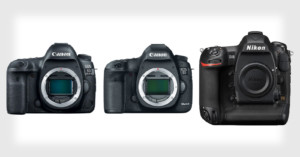
World Press Photo just announced the winning photos for the 2019 edition of it's world's most prestigious photojournalism contest. Camera metadata shared alongside the top photos is again providing us with an inside look at what gear the world's top photojournalists are using at the moment.
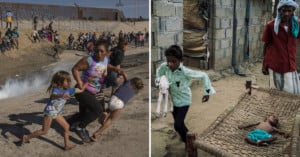
The Pulitzer Prize has just announced the winners for 2019. In the area of photography, Reuters' photography staff won in the Breaking News Photography category for photos of migrants journeying to the US, and photographer Lorenzo Tugnoli of The Washington Post won for his photos of the famine in Yemen.
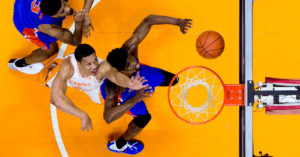
If you've followed Tennessee basketball, chances are you've seen one of those really cool overhead photos. That top-down, bird's eye view is something you don't see every day, and only very few have access to capturing this unique angle.

As perceptions of bias have led to devastating levels of mistrust in the media, the role of political photography has remained relatively uncontroversial. While writers might deftly tweak facts to fit a narrative, photographers covering politics have less of a scope to inject their personal opinion into their work. The camera, as they say, doesn’t lie.
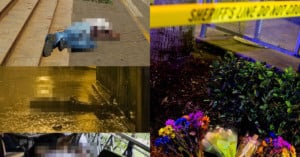
In covering the terrorist attack on a Nairobi hotel that killed at least 21 people by Shahab extremists, The New York Times decided to publish an image of a bullet-riddled body taken by Khalil Senosi. Photo Twitter was outraged, and Poynter wrote about the “hard choice” the NYT made regarding the selection.
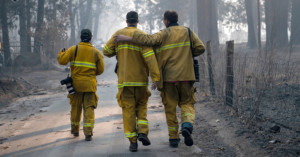
When historic wildfires raged across California last year, thousands of firefighters were deployed to combat them. And alongside those brave men and women were fearless wildfire photographers who raced to the front lines to document the devastation for the world's eyes.

A number of prominent newspapers and magazines have laid off some or all of their photojournalists in recent years, but these moves are not without their consequences. A new study has found that switching from a photojournalist staff to non-professional photos causes, to no one's surprise, a significant drop in photo quality.

Reuters is combining its photography and video news staff into a single team of visual journalists. The international news agency is also expected to cut jobs in the process of combining the operations.
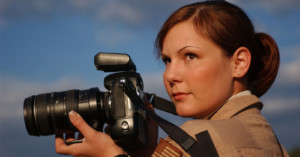
In the last couple of years (has it really been that long?) we've been hearing revelations of the trials of female photojournalists. Nothing, unfortunately, too unexpected. Every time around someone writes another version of the standard essay on this topic covering much the same appalling ground every time. See, for instance, this recent iteration.

The New York Daily News slashed its editorial staff in half this week, and among the casualties of the layoffs was the entire team of photographers. The paper, which called itself "New York's Picture Newspaper" for over 70 years, now has zero staff photographers.
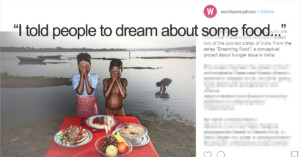
World Press Photo is at the receiving end of sharp criticism today for a series of photos on its Instagram account showing poverty-stricken Indians standing in front of tables laden with feasts.
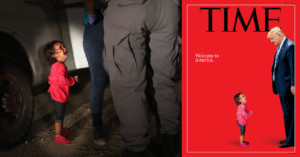
One of the most talked about photos in the ongoing immigration debate has been Getty Images photographer John Moore's iconic photo of a 2-year-old Honduran girl crying at the feet of her mother and a border patrol agent. It has become a symbol in the debate over family separations, but it has now come to light that the girl was never separated from her mother.
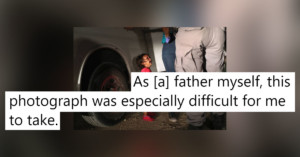
One of the most viral and talked about photos this week is of a 2-year-old daughter looking up and crying at her mother at the US-Mexico border. The Honduran mother and child were being taken into custody by federal agents when they were photographed by Getty Images photographer John Moore, who shares the story behind the shot in the 7-minute CNN interview above.
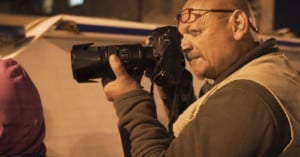
Cape Town is the most dangerous city in South Africa and one of the most dangerous cities in the world. Freelance photojournalist Leon Knipe follows the police to crime scenes and works to document as many murders as he can. The 5-minute video above by Shaun Swingler is about Knipe's life and work (warning: it contains graphic photos of horrific crime scenes).
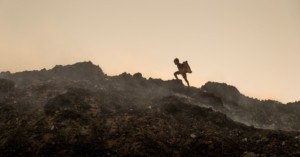
My eyes are filled with tears because of the smoke. The plastic particles in the air are irritating my lungs. I'm climbing this mountain with my two friends.
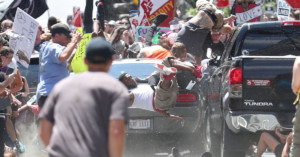
The 2018 Pulitzer Prize winners have just been announced. Photographer Ryan Kelly of The Daily Progress in Charlottesville, Virginia, won the Breaking News Photography category for his chilling photo of the moment a car attack slammed into racially-charged protests in his town -- an incident that made national headlines.
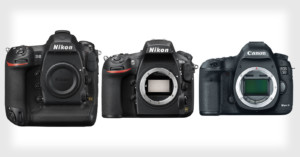
World Press Photo announced the 2018 winners of its prestigious photojournalism contest last week, and most of the winning photos (97 of 129) were accompanied by details of the cameras they were shot with. This year, Nikon took the lead from Canon.
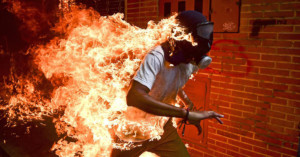
Venezuelan photographer Ronald Schemidt has just been awarded the prestigious World Press Photo of the Year prize in 2018 for his striking photo of a Venezuelan man on fire during violent clashes with riot police.
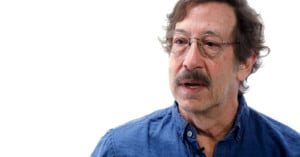
The photojournalism industry has undergone seismic shifts over the past couple of decades with photography's move to digital and the rise of the smartphone camera. The business intelligence firm L2 recently sat down with veteran photojournalist Rick Smolan to chat about how tech has disrupted photography.
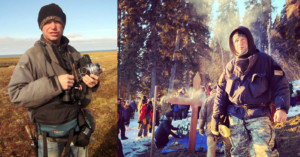
Ed Gold has spent nearly two decades working as a full-time photojournalist. Perhaps best known for documenting some of the world's most remote people groups, Gold's photos have regularly been published by the BBC. Despite his apparent "success" in the industry, however, Gold has been homeless for as long as he has been a photographer.
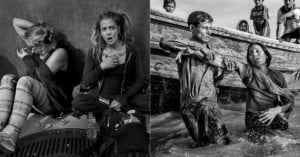
This week, TIME magazine published James Nachtwey’s photo essay on the opioid crisis. Over his decades-long career, Nachtwey has carved out a reputation as a stoic and relentless documentarian of conflict and pain. His latest effort took over a year to produce, and it has all the hallmarks of great photojournalism, providing a level of intimacy and rawness that can only be captured with persistence and skill.
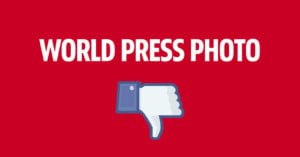
The year-long world tour of photojournalist Hossein Fatemi’s controversial Iranian photos is coming to an end. In a year in which fake news and the abuse of power has never been in sharper focus, it’s worth examining some of the incomprehensible decisions that led to Fatemi’s work being given such a massive platform to deceive.
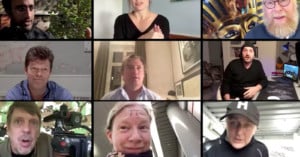
Have you ever wondered what the photo editors at National Geographic do? No, they don't sit around and edit pictures in Photoshop. In this 6-minute video, some of the biggest names in photography offer a glimpse into the closely-knit relationships between photographers and their editors.
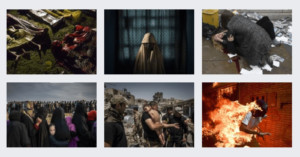
In a break from the past, World Press Photo (WPP) released the short list of finalists in advance of naming the winners to their annual contest – arguably the most prestigious in all of photojournalism. The photos are remarkable for their composition, exposure, and intimacy. But judging by the subject matter one might surmise that we’re living in a hellish dystopia, or that the jury believes pain and suffering is the most valid form of photojournalism.
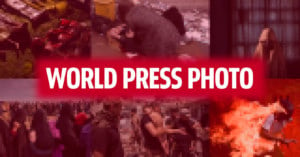
For the first time in its history, the most prestigious photojournalist prize in the world has unveiled the finalists of its Photo of the Year contest before selecting a winner. The 6 nominees were unveiled today by the World Press Photo.